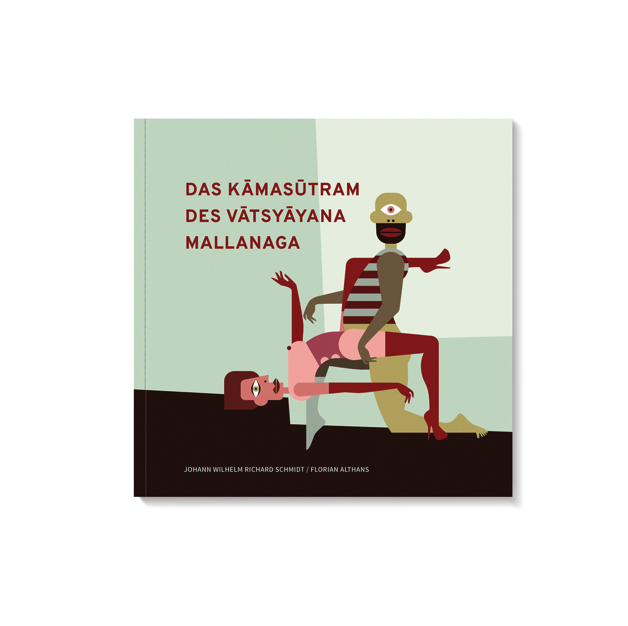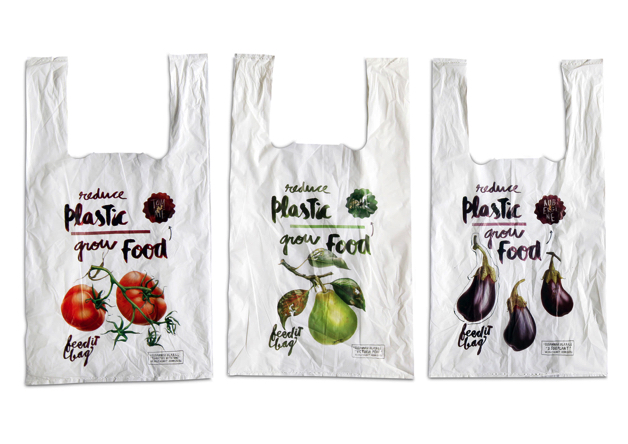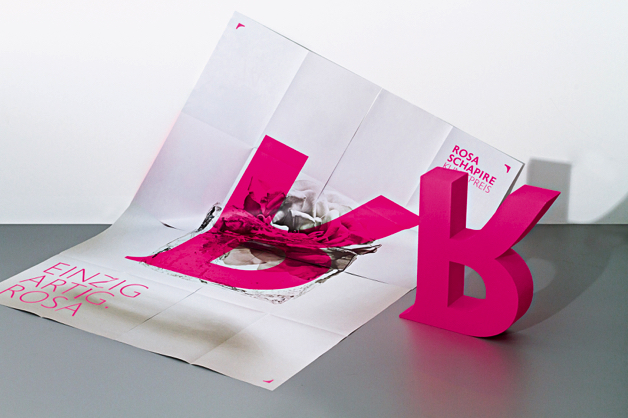“Made in Germany” – award-winning communication design
The label “Made in Germany” was introduced at the end of the 19th century. It was meant to preserve British consumers from allegedly inferior products and copies from Germany. The designation of origin advanced to become a quality seal which is appreciated worldwide today. Design “made in Germany” is well-known for its high quality as well as for setting new standards in formgiving on the international stage. But German design does not only stand for premium engineers’ work and quality products, but also for excellent communication design.
“Good design is good business”
“Good design is good business” – IBM president Tom Watson jr. stated this in the 1950s and the sentence is still true today. Good design has become a decisive distinction circumstance – with regard to industrial and communication design. Strongly influenced by the Bauhaus style and Ulm School of Design, German design creates an accomplished relationship between tradition and future.
Tradition and innovation
The Kamasutra is said to be one of the oldest and most famous standard works on human sexual behaviour. Its design received a fresh interpretation by Bremen-based publisher BROTLOS Verlag. The book illustration “The Kamasutram of Vatsyayana Mallanaga” was created by Florian Althans. In an unconventional way, he illustrated 20 graphics of the act of love. Self-confident and cheeky, yet looking frozen as if caught out in action, the protagonists gaze at the reader and take away every chance of voyeurism.
The minimalism of the graphics literally shows everything and nothing, and thus achieves an aesthetics which also enthused the jury for the Red Dot Award: Communication Design 2017: “The illustrations in this book represent a completely new way of visualising the Kamasutra. With their pictographic style, they diverge from traditional erotic illustrations and achieve an artistically abstract and, at the same time, unmistakably direct expression that is full of humour and a refreshing aesthetic.” The experts awarded the Red Dot: Best of the Best because of the work’s high design quality and creativity.
German design persuades sustainably
However, design “made in Germany” does not only deal with life’s little pleasure, but also addresses societal problems. In the competition’s category “Social Responsibility”, the “FEEDitBAG”, designed by Cheil Germany for Edeka Scheck-in-Center Frankfurt, made a lasting impression and was honoured with the Red Dot: Best of the Best. The promotional campaign deals with the environmental problem of plastic waste and presents an intelligent solution how one can make a contribution to maintaining the ecological balance.
The FEEDitBAG is a sustainable alternative to the thin bags, which are offered in supermarkets to pack fruits and vegetables. It aims at sensitising consumers to the problem and helping to ensure that they change their behaviour in the long-term. The bag was made from Mater-Bi, a cornstarch material which is fully biodegradable in just ten weeks. After having served as a shopping bag, the consumer can use it for organic waste and finally compost it in the garden. Various seeds, which have been integrated in the bag, will start to sprout out of it after just a few weeks, thus giving new life.
At the point of sale, posters and flyers catch the customers’ attention, inform them about the initiative and invite them to visit a website where they can cast a vote on the next motif. It indicates which seed will grow from the bag. In a statement, the Red Dot Jury explained its decision to award the highest single distinction: “The FEEDitBAG is based on a brilliant idea, because instead of destroying the environment – and thus ultimately life – this bag itself holds the seed for new life. It is an idea that we wish will be acknowledged and adopted widely in the long run. In addition, FEEDitBAG convinces with an excellent design – beautiful illustrations and a clearly legible message on the bags help to convey and spread the idea effectively.”
The idea of free spirit
The Rosa-Schapire-Kunstpreis (Rosa Schapire Art Prize) received a prize itself – for its corporate design. Freunde der Kunsthalle e.V. (Friends of the Hamburg Art Hall) commissioned Peter Schmidt Group to design it. What makes the art prize so special is the fact that it is not awarded by a jury but instead by a notable individual, who is selected by the initiators of the award. This courageous process called for a powerful visual identity that also pays tribute to Rosa Schapire (1874 – 1954), who was an unusual art patron, historian and collector.
The key visual consists of an upside-down “R” which represents the idea of free spirit, and a succinct serif font symbolising a rose thorn. Its luminous pink attracts attention and contrasts with the bronze tones and white spaces to dynamically reflect the nature of this art prize. The flexible key visual can be used in both print and online media, as well as a spatial installation or intuitive signage throughout the gallery, and not least of all, as the prize trophy itself.
The Red Dot Jury, which rewarded the work with a Red Dot: Best of the Best in 2017, explained: “The idea of this corporate design, to turn the key visual of the “R” upside down with the aim of reflecting a rebellious approach embodied by the art prize and its name giver, has emerged as a highly appropriate and consistent implementation.” Moreover, the experts acknowledged that the corporate design conveys a strong impression and illustrates what art is capable of expressing.
German Design in competition
In order to stay successful on the international market in the future, German as well as international designers and companies put their performance and know-how to the test on a regular basis. A platform for evaluating communication design is offered by the Red Dot Award. At the moment, the makers and clients of communications works are called upon to show how to communicate in a creative and high-quality way. The submission phase for the competition year 2018 is running until 15 June only.
» Further information and registration for the Red Dot Award: Communication Design 2018






